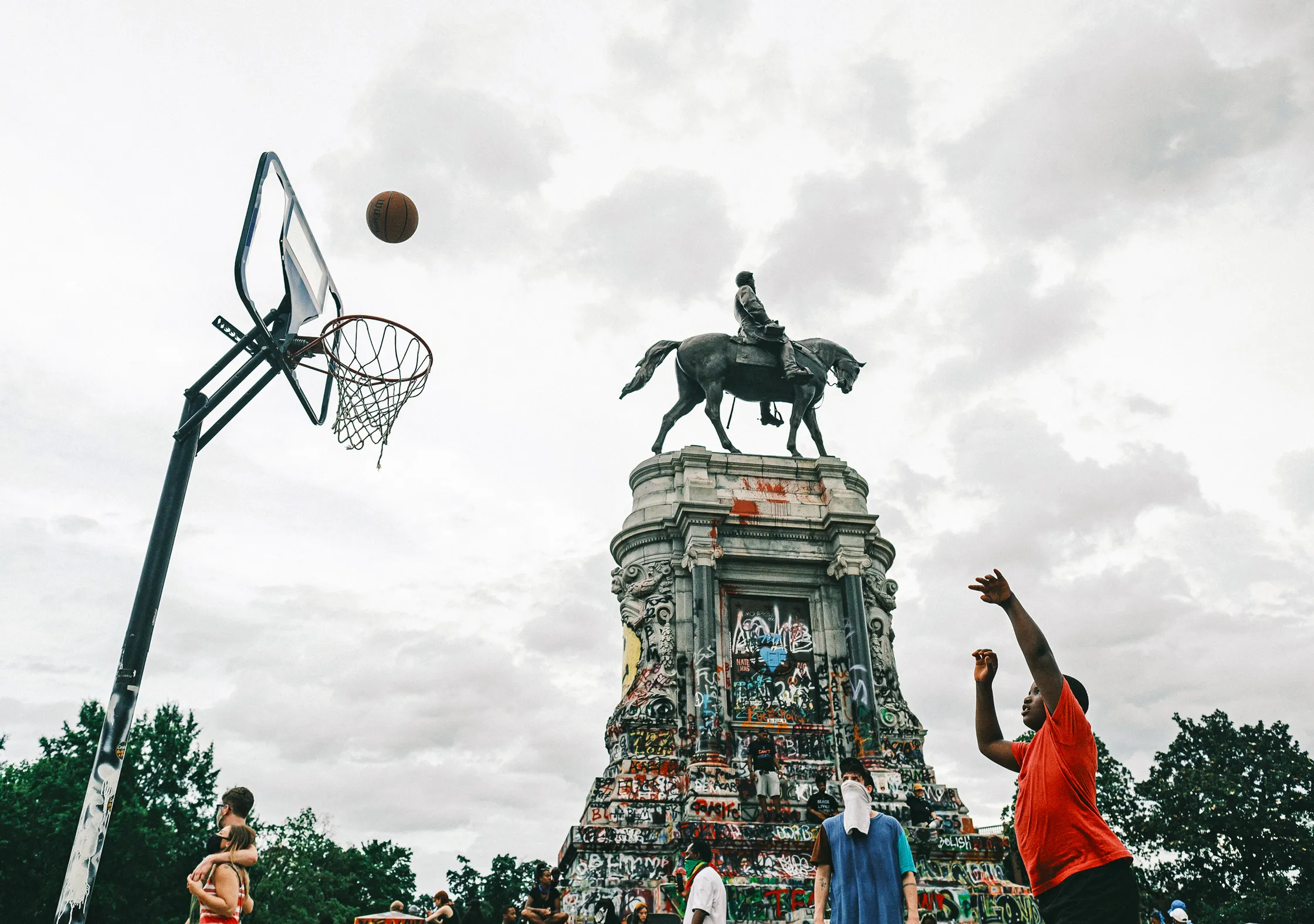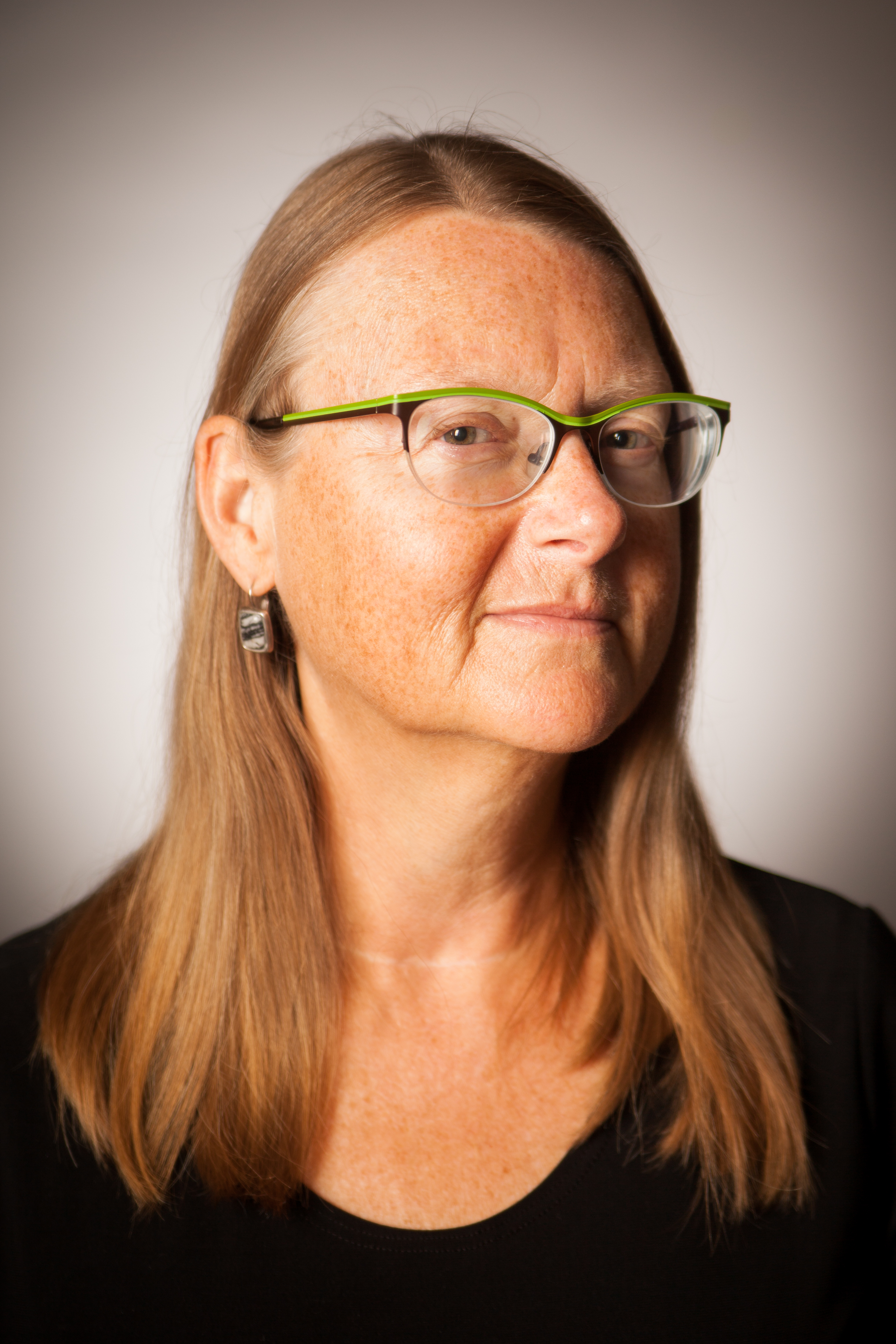Memorials, Monuments, Public Art
Research on commemorative sculpture and other media that serve as sites of public memory

This research area explores the visual and material cultures of memory, from how cultural memory is created to what it means on collective, individual, national, and global terms. Primary research questions include: what does memory mean today, in the United States of America and globally? What is driving the urgency to memorialize, and who and what are being remembered? What do memorials, monuments, and other forms of public art suggest about what cultures value? What sort of feelings, emotions, and/or affective conditions shape and direct cultures of commemoration?
The definition of “memorial” is broad, including statues and monuments, parks and public squares, cemeteries, public rituals, and moments of silence. Memorials can be permanent or temporary, persuasive or provocative, beloved or besieged. Understandings of “memory” are also broad, ranging from subjects of local and civic memory to those of national and/or collective memory, and including popular interests in autobiography, memoirs, and family genealogy.
Potential research areas and subjects are vast, including memorials erected at sites of tragedy and trauma (Oklahoma City, Columbine High School, World Trade Center), war memorials, presidential libraries, memorial practices (pilgrimage, gift-giving), public reception, different memorial styles and media, and the role of the National Park Service, the primary “keeper” of historical and cultural memory in the United States.
Opportunities include digital humanities projects; see, for example Memorial Mapping: Transnational 9/11 Memorials.
In 2017, Erika Doss and Ingrid Gessner launched Memorial Mapping: Transnational 9/11 Memorials, a digital humanities project that geographically locates 9/11 memorials outside of the United States, and provides a database of their styles, subjects, commissions, audiences, and other further characteristics. Doss and Gessner coordinated the project with Stanford University’s Center for Spatial and Textual Analysis (CESTA).




